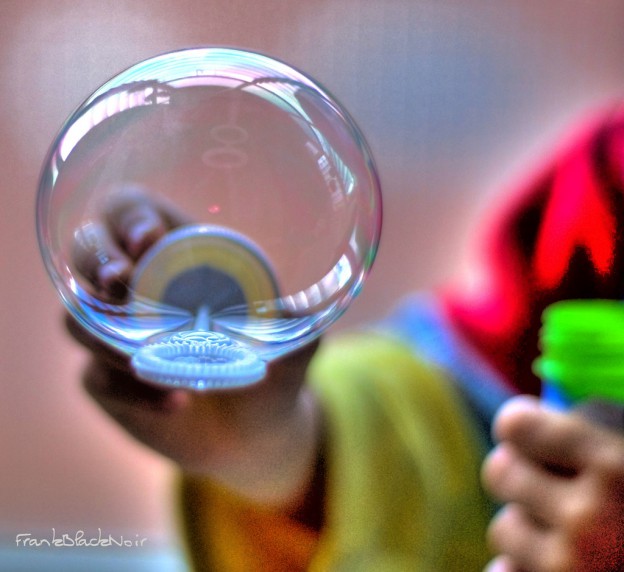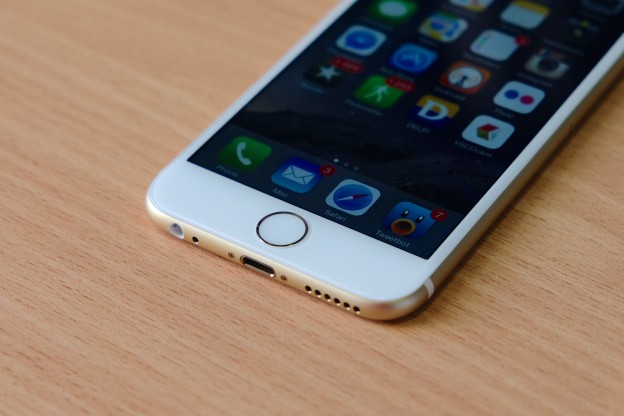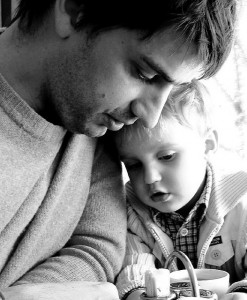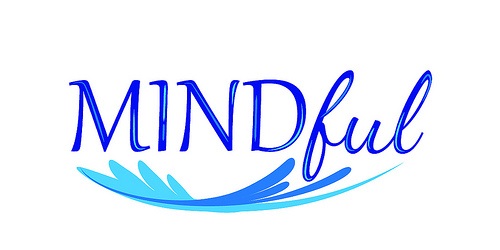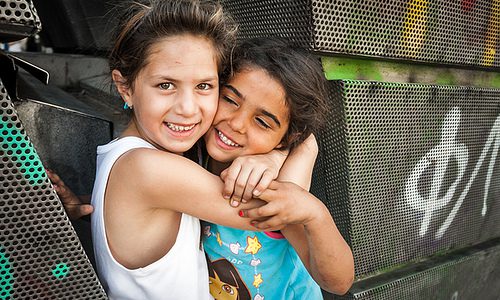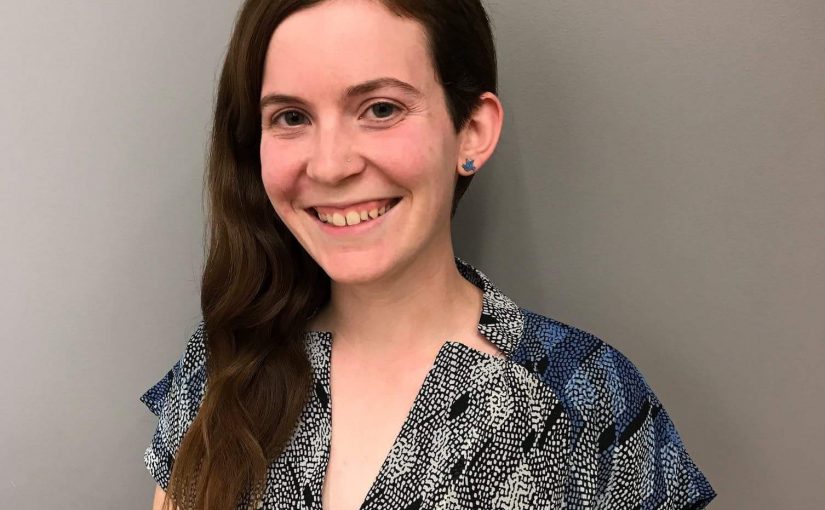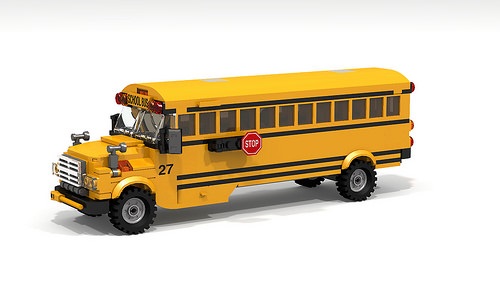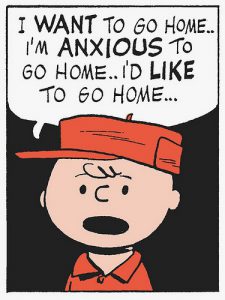
Sometimes young people can seem extremely worried about many things. Their lives often feel so much busier than ours when we were their age! So it can seem natural that they frequently worry about grades, school, friends, their appearance, and love interests. How can you tell if your child might actually be experiencing symptoms of anxiety?
- avoids social situations like hanging out with friends
- asks to not go to school
- often has headaches, belly aches, or trouble falling asleep
- can have panic attacks
- gets into arguments with you about changing their routine or trying something new
Many people can feel stressed or worried at times. When it gets in the way of them living the life they want to live and completing their goals is when it becomes a problem.
Anxiety can first be seen when children are young – and as they go through puberty they may also show signs of depression. The good news is there are many treatments that can help and many are the same for depression and anxiety.
Has your child experienced anxiety and done better with treatment? If you feel comfortable, comment below.

